Đăng ký nhận bản tin của chúng tôi và luôn là người đầu tiên nghe về những gì đang xảy ra.
Market Application and Sorting of Calcite
Aug 15, 2024Calcite is a common calcium carbonate mineral with the chemical formula of CaCO3, which is widely used in various fields. Its crystal forms are diverse, which can be flake, plate, cone, column, etc., and the colors are different, including colorless, white, pink, green, yellow, red, blue, gray and black. The variability and rich colors of calcite make it one of the important ornamental minerals.
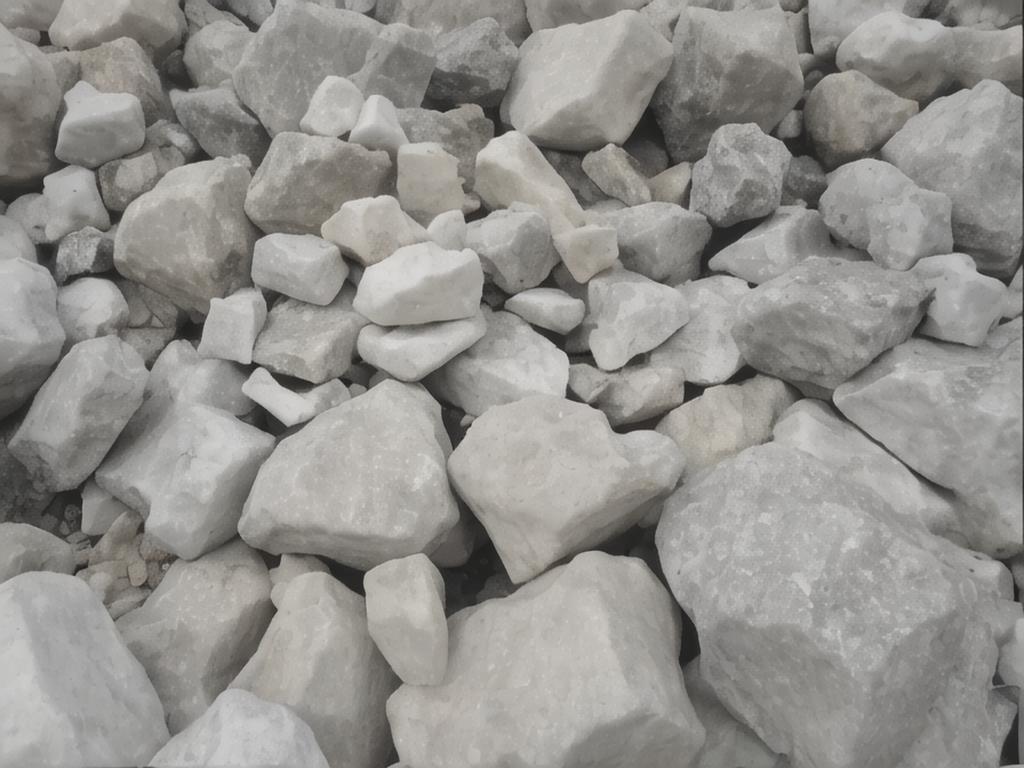
Calcite belongs to the trigonal system and has a calcite family structure of the island carbonate mineral subclass. It has various forms. According to statistics, there are more than 600 different polymorphs.
The physical properties of calcite include Mohs hardness 3 and density of about 2.71g/cm³. It has complete cleavage in three directions and can form rhombus-shaped fragments. The chemical properties of calcite are soluble in hydrochloric acid, so it needs to be carefully protected during transportation and cleaning.
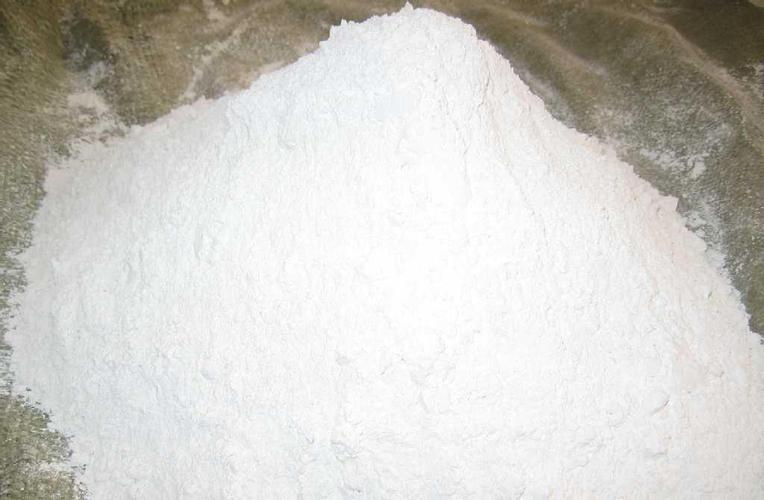
The application range of calcite is very wide, covering many fields such as construction, chemical industry, metallurgy, and medicine.
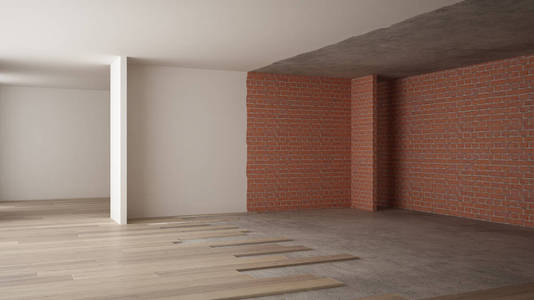
In the field of construction, calcite is one of the most important rock-forming ores and is widely used in the production of cement, lime and other building products. Its addition can improve the process properties of materials and increase strength and durability. For example, calcite is an indispensable raw material in the manufacture of building materials such as limestone and marble. In addition, calcite is also used in the production of decorative materials such as architectural coatings and wall coatings to provide better whiteness and gloss.
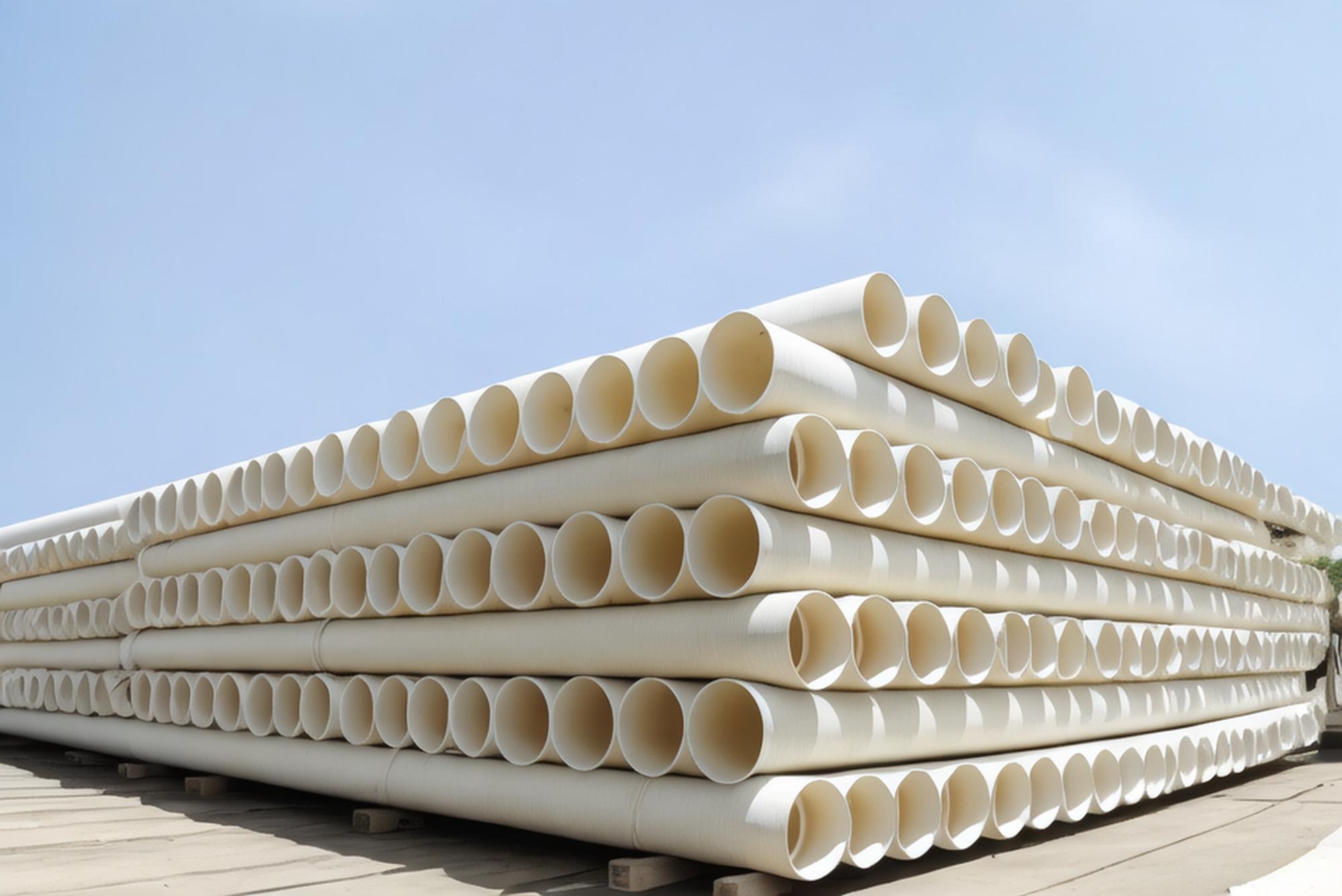
In the chemical industry, calcite, as one of the main sources of calcium carbonate minerals, is widely used as a chemical additive and filler. It can be used to manufacture chemical products such as plastics, rubber, paints, and coatings to improve the physical properties and process properties of the products. Especially in the papermaking industry, calcite, as a filler, can improve the gloss and smoothness of paper.
In the metallurgical industry, calcite can be used as a flux in the ironmaking process to reduce the furnace temperature, accelerate the reduction reaction of iron ore, and increase the yield of pig iron. At the same time, it can also be used as a desulfurizer in steel smelting, converting sulfides in molten iron into volatile substances, reducing the sulfur content in steel and improving the quality of steel. In addition, calcite can also be used as a sand core material in the foundry industry to improve the surface quality and dimensional accuracy of castings.

The application of calcite in the medical field is reflected in its use as a source of limestone, which can be used to make lime and then as a raw material in pharmaceuticals. Lime can be used to make calcium agents, such as calcium tablets, calcium powder, etc., for the prevention and treatment of calcium deficiency.
The birefringence of calcite also makes it uniquely used in the optical field, such as for the manufacture of optical instrument components such as polarizing prisms. In addition, calcite is also used in food additives, environmental protection treatment and other fields.
In order to achieve the above market applications, calcite sorting is essential. At present, the more common calcite sorting methods on the market are gravity separation, magnetic separation, flotation and photoelectric separation.
Among them, the gravity separation method uses the difference in density between calcite and other minerals to achieve separation by gravity separation. This method is suitable for the sorting of ores with large density differences. Magnetic separation is to separate ores with magnetic differences through magnetic separation technology. This is often used to distinguish between magnetic minerals and non-magnetic minerals.
Because both separation methods have certain limitations. Gravity separation equipment usually requires a large site, which increases the investment in infrastructure, and the accuracy of gravity separation is not high, and the separation effect is not ideal. Magnetic separators are mainly suitable for finer magnetic particles. For larger particles, the separation effect may be limited. At the same time, the separation effect for non-magnetic ores and impurities is not ideal. In addition, like gravity separation equipment, magnetic separation equipment also requires a large site and requires increased investment in infrastructure.
Photoelectric separation is mainly used to sort calcite through ore color sorters. Ore color sorters use the differences in the optical properties of ores for sorting, and use high-resolution CCD image sensors and high-speed computing processing units to quickly identify and separate ore particles. This technology not only improves the efficiency and accuracy of sorting, but also reduces environmental pollution and energy consumption.
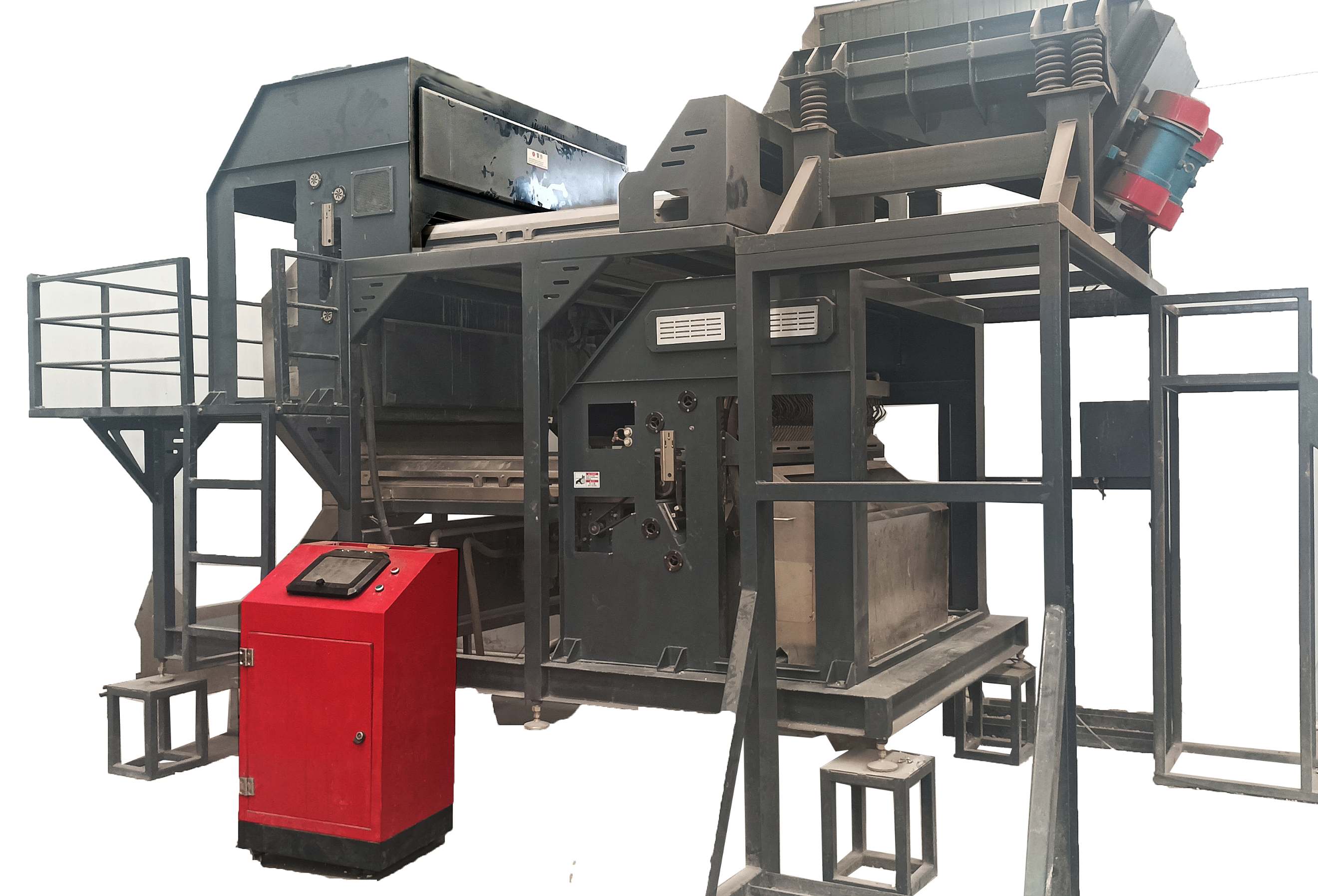
CCD Sensor Based Ore Color Sorter
As an emerging ore sorting technology, photoelectric sorting technology has shown many significant advantages in the application of calcite sorting.
Photoelectric separation technology can quickly remove a large amount of useless gangue, reduce the pressure of subsequent mineral processing links, and improve separation efficiency. This technology can process a large amount of materials in a short time, and has high separation accuracy, which helps to improve the grade of calcite.
Compared with traditional physical and chemical mineral processing, the only energy consumption of photoelectric separation is electricity consumption, and the cost of mineral processing per ton is about 1 yuan, which is much lower than the average cost of traditional methods.
Photoelectric separation has zero pollution to the environment and is a greener way of mineral processing. This is especially important today when environmental protection is increasingly valued.
With the development of computer technology and artificial intelligence technology, the intelligence level of photoelectric separation equipment has been continuously improved, which can better adapt to the separation needs of different types and complex ore structures.
By introducing cutting-edge technologies such as artificial intelligence and big data analysis, the intelligence level and adaptability of the photoelectric separation system have been greatly improved, and it can process more types of ores.
Photoelectric separation equipment does not need to add any chemical agents during operation, avoiding the safety risks that may be caused by chemical agents.
Hefei Mingde Optoelectronics Technology Co., Ltd. has been professionally engaged in the research and production of intelligent sorting equipment for mining for more than ten years. Its ore color sorter and AI ore sorter have excellent performance in the sorting of calcite, especially the AI artificial intelligence sorter, which can accurately extract and distinguish the surface features of calcite and miscellaneous stones, and achieve high-precision sorting. The machine can produce about 200 tons per hour, which can meet the production needs of large mines.
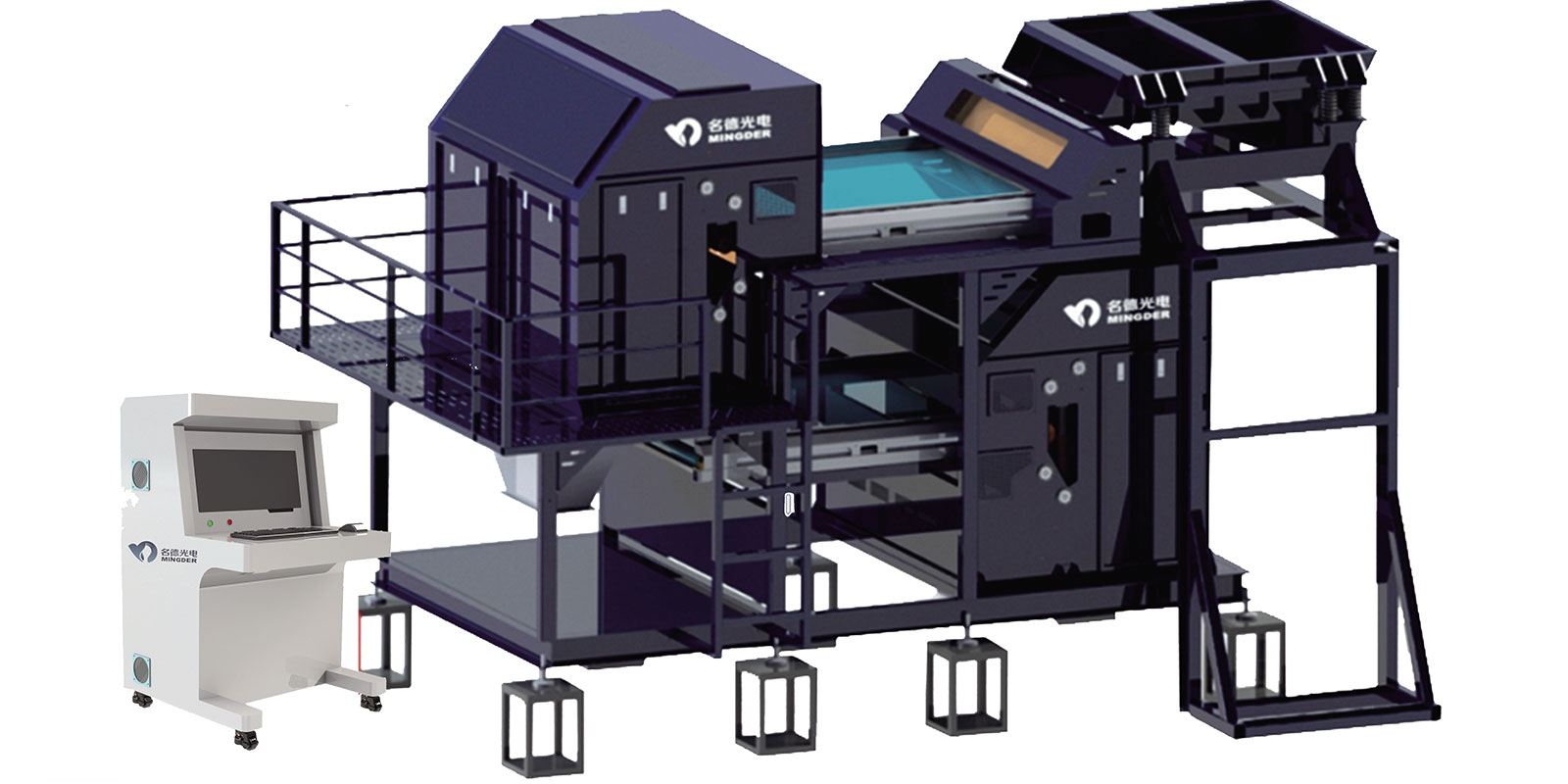
Flotation technology, as an efficient mineral processing method, also plays an important role in the sorting of calcite. With the development of technology, the flotation methods of calcite have also become different, and we will introduce them separately.
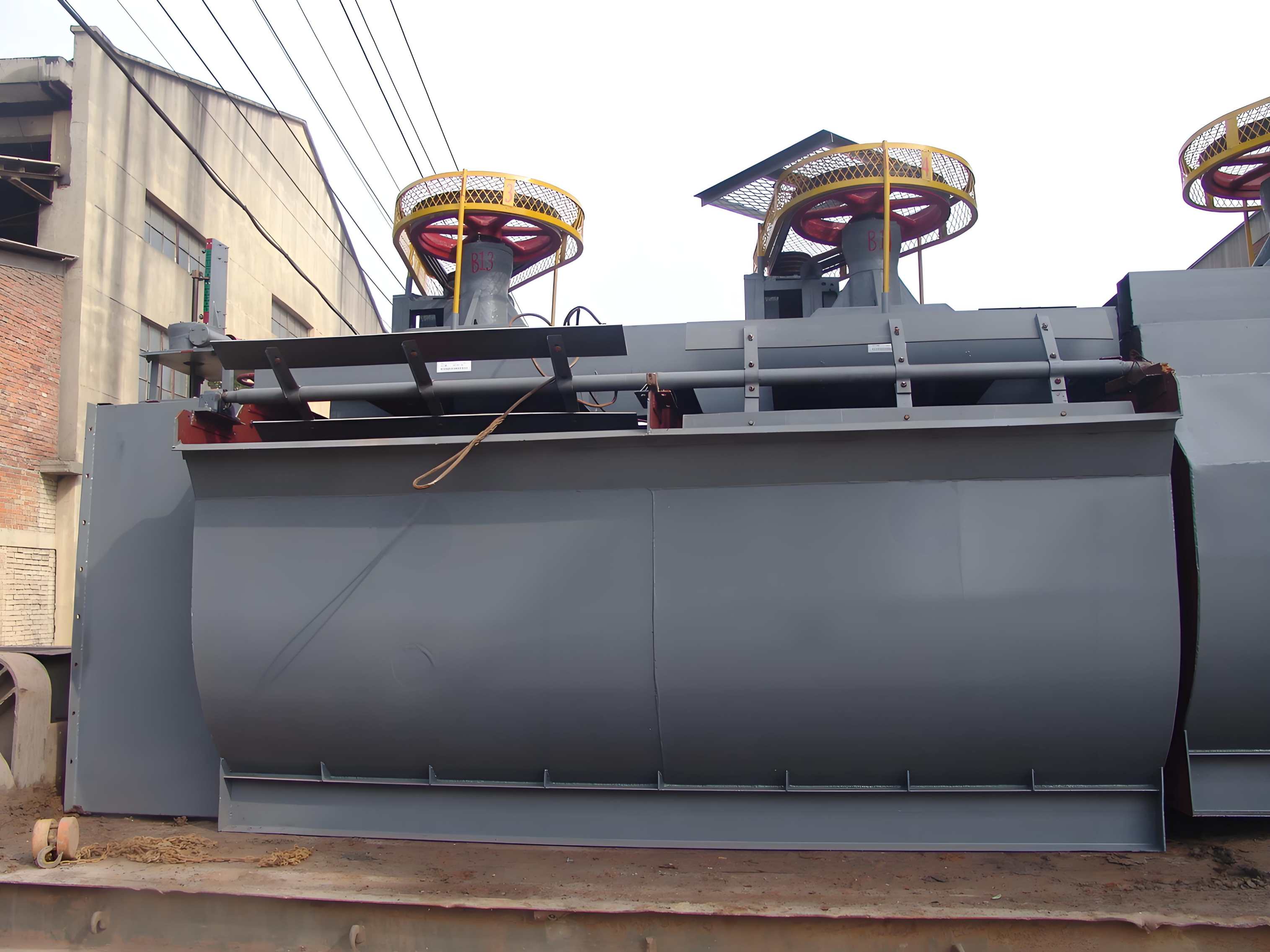
Traditional calcite flotation separation mainly relies on the action of chemical agents, including the use of inhibitors and collectors. Inhibitors are used to reduce the floatability of calcite, while collectors are used to enhance the flotation ability of target minerals (such as fluorite). Although this method can achieve separation to a certain extent, its efficiency and selectivity still need to be improved.
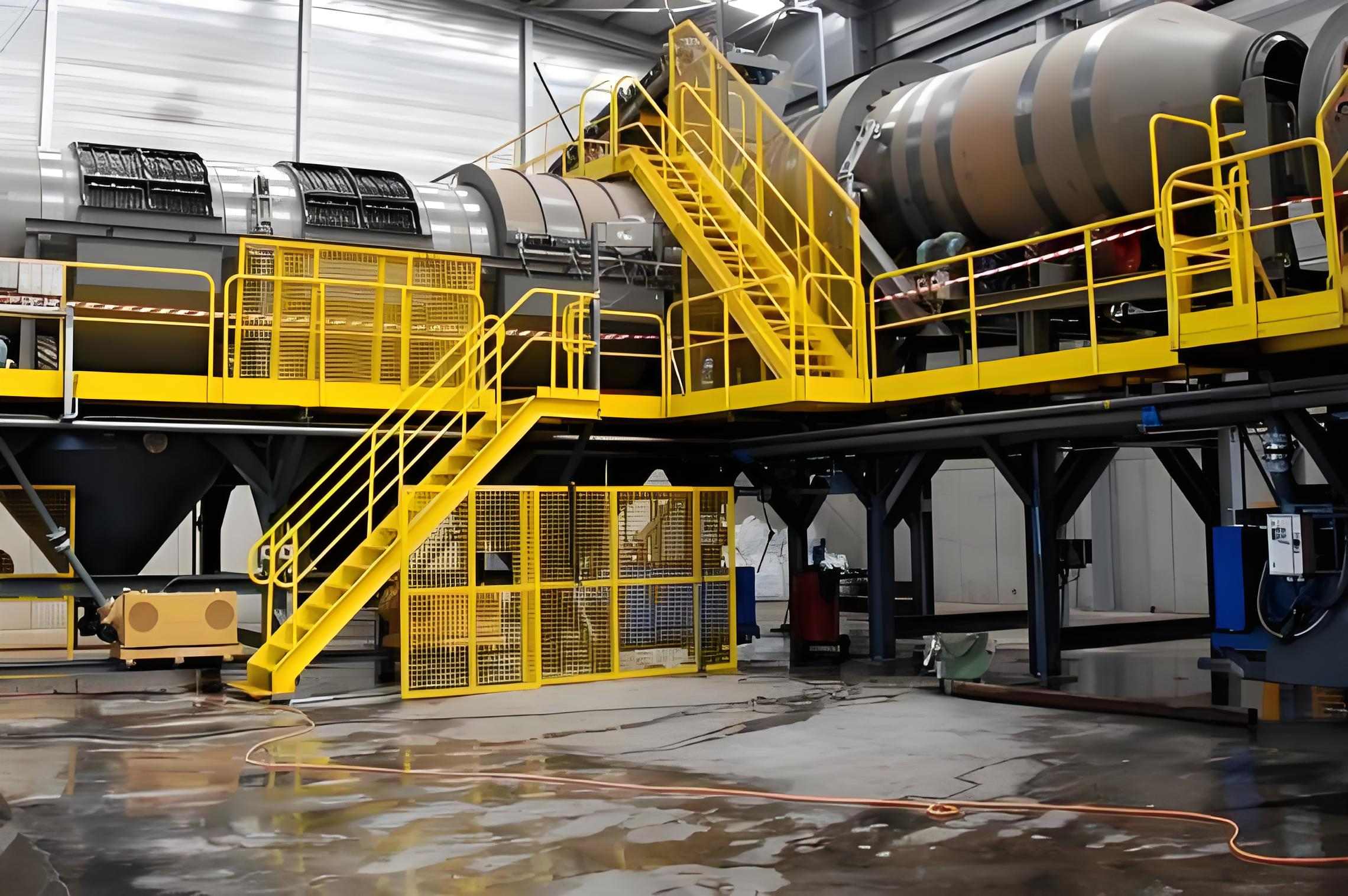
Recently, researchers have proposed a variety of new methods for the flotation separation of calcite and fluorite. For example, some studies have studied the effects of glucose and Al3+ on the flotation separation of calcite and fluorite by means of microflotation experiments, scanning electron microscopy (SEM), solution chemical calculations, X-ray photoelectron spectroscopy (XPS) and density functional theory (DFT). In addition, there are studies that use the regulator PDP to strengthen the DDA system, and achieve effective separation of brucite and calcite by optimizing the operating parameters of the flotation machine and adjusting the type and concentration of the flotation agent.
Currently, the sorting technology of calcite is developing rapidly in the direction of high efficiency, environmental protection and intelligence. Through the continuous optimization of chemical agents and novel intelligent sorting technology, the separation efficiency and purity of calcite have been significantly improved, which is of great significance for improving the utilization efficiency of mineral resources and promoting the sustainable development of the mining industry. In the future, with the continuous advancement of science and technology, the sorting technology of calcite is expected to achieve more innovations and breakthroughs.
Overall, as a multifunctional mineral, calcite has a wide range of applications. With the continuous development of science and technology, the application areas of calcite will continue to expand, bringing more convenience and contribution to human production and life.